Top 10 Aggressive Dog Breeds
Dogs have been our companions for centuries, providing loyalty, love, and protection. However, not all dogs are the same, and some breeds are reputed for their assertive or protective nature. In this guide, we’ll delve into the world of aggressive dog breeds, exploring the factors that contribute to their behavior and discussing responsible ownership and training techniques.
Factors Contributing to Aggression:
Aggression in dogs can stem from various factors, including genetic predisposition, lack of socialization, and mistreatment. Understanding these factors is crucial for developing effective strategies to manage and prevent aggressive behavior.
Common Misconceptions:
It’s essential to dispel common misconceptions surrounding aggressive dog breeds. Breed stereotypes often contribute to negative perceptions, overshadowing the significance of individual temperament in a dog’s behavior.
Understanding Aggressive Behavior:
Recognizing signs of aggression and differentiating between types of aggression is fundamental for responsible dog ownership. From growling to biting, each behavior requires a specific approach for effective management.
Responsible Ownership:
Responsible ownership plays a pivotal role in shaping a dog’s behavior. Training, socialization, and providing a secure environment are key components in fostering a well-behaved and non-aggressive pet.
Top 10 Aggressive Dog Breeds:
- Pit Bull Terrier: Native Country: United States
- Rottweiler: Native Country: Germany
- German Shepherd: Native Country: Germany
- Siberian Husky: Native Country: Siberia (Russia)
- Doberman Pinscher: Native Country: Germany
- Alaskan Malamute: Native Country: United States (Alaska)
- Bullmastiff: Native Country: England
- Rhodesian Ridgeback: Native Country: Southern Africa (Rhodesia, now Zimbabwe)
- Akita: Native Country: Japan
- Chow Chow: Native Country: China
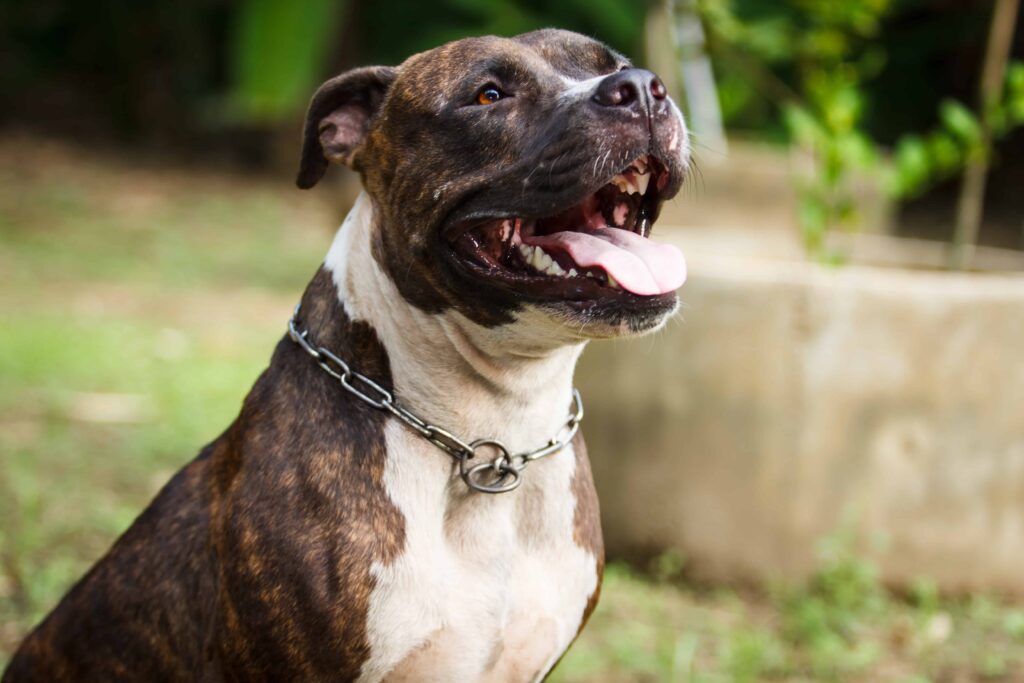
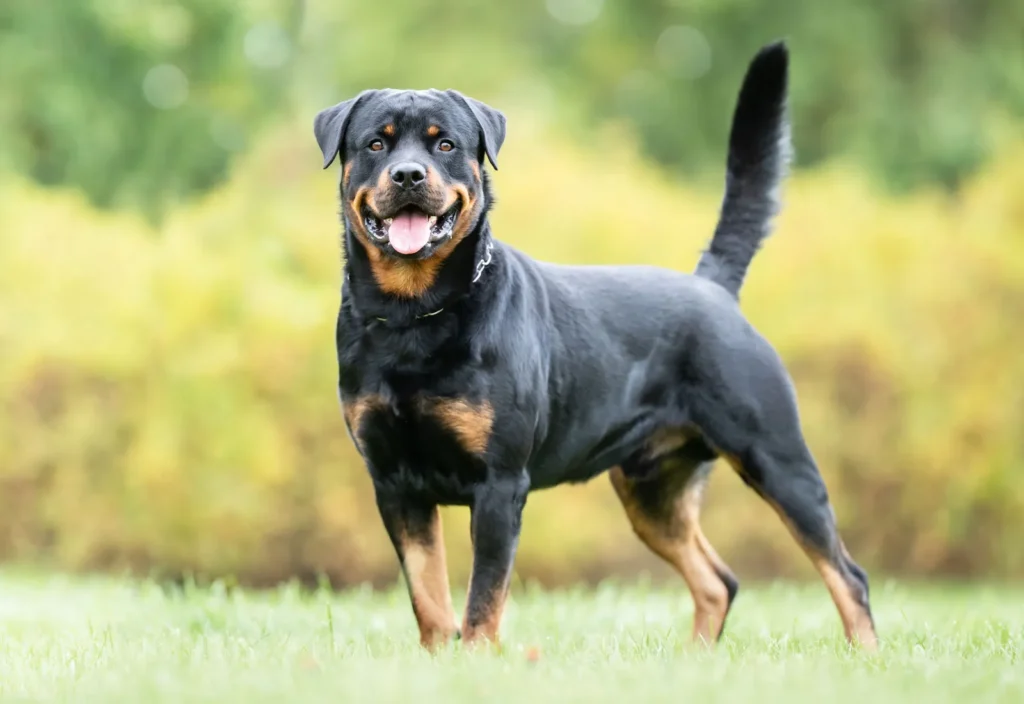

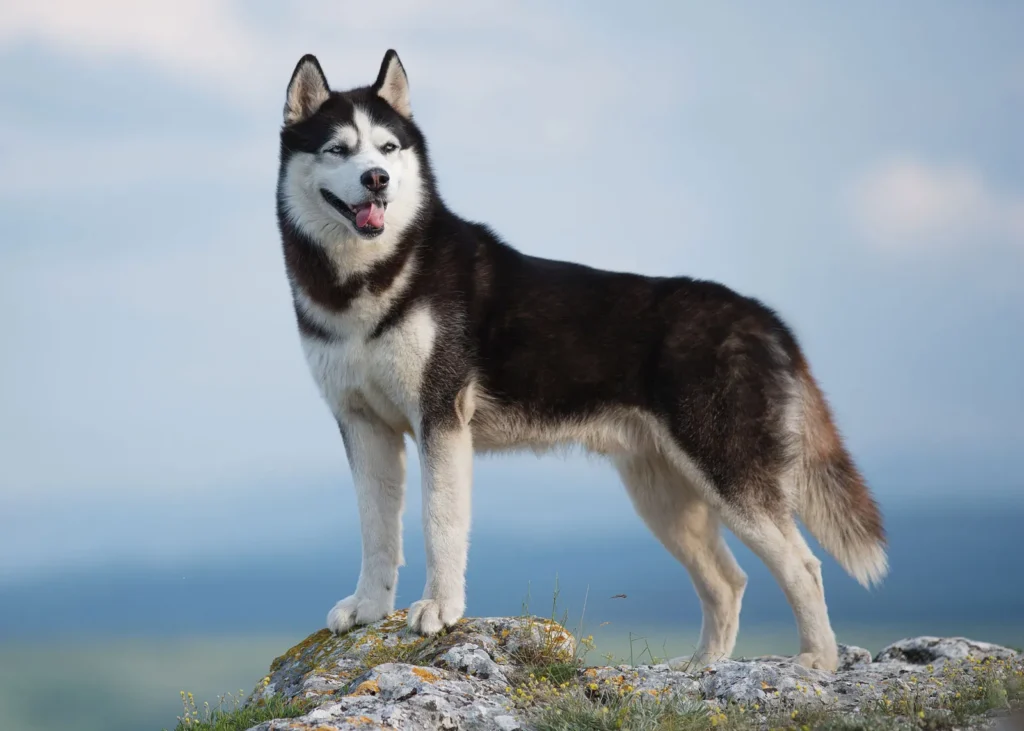

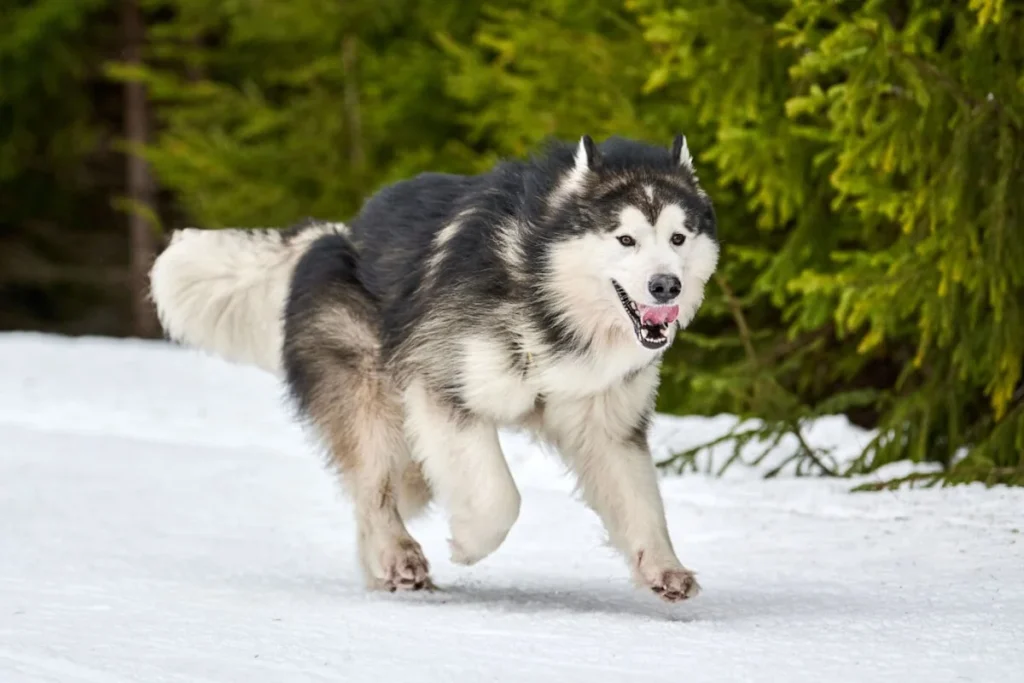

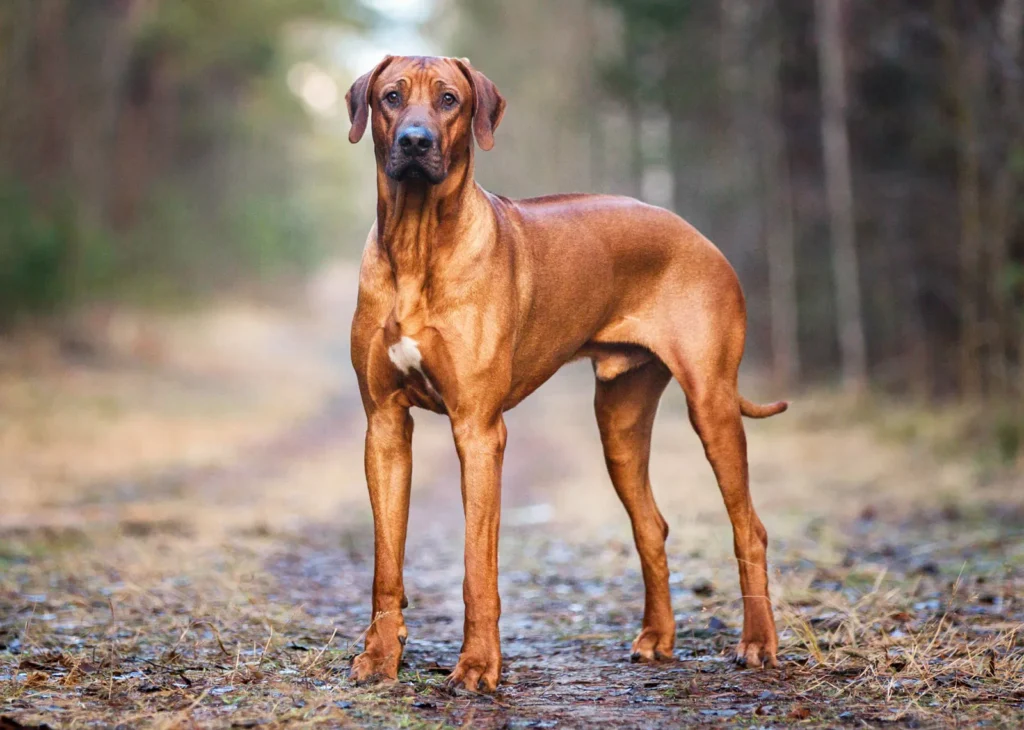
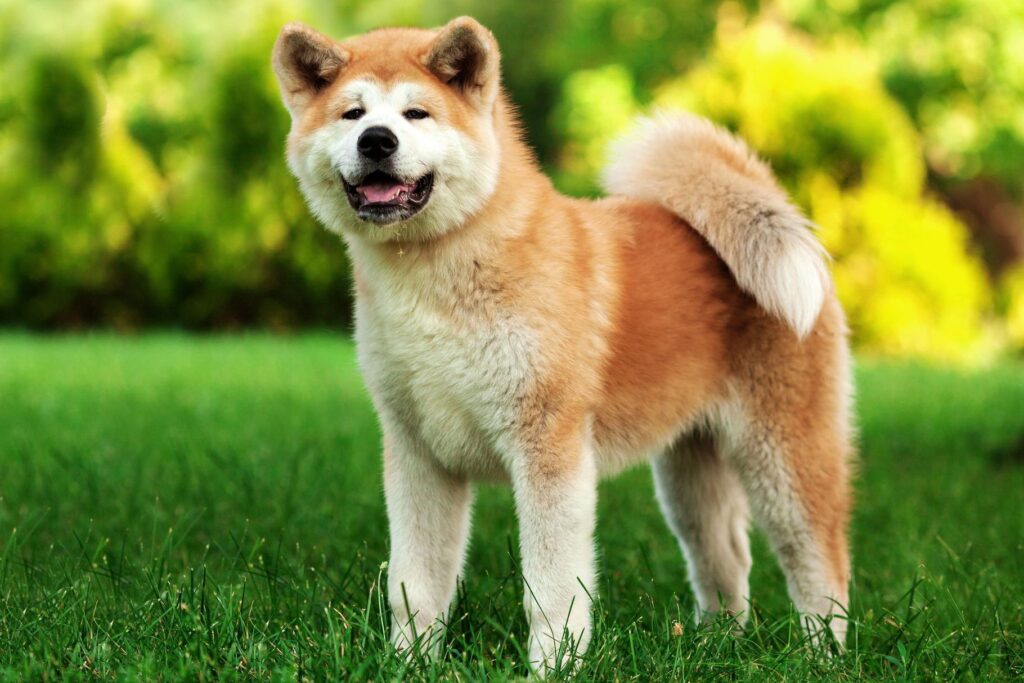
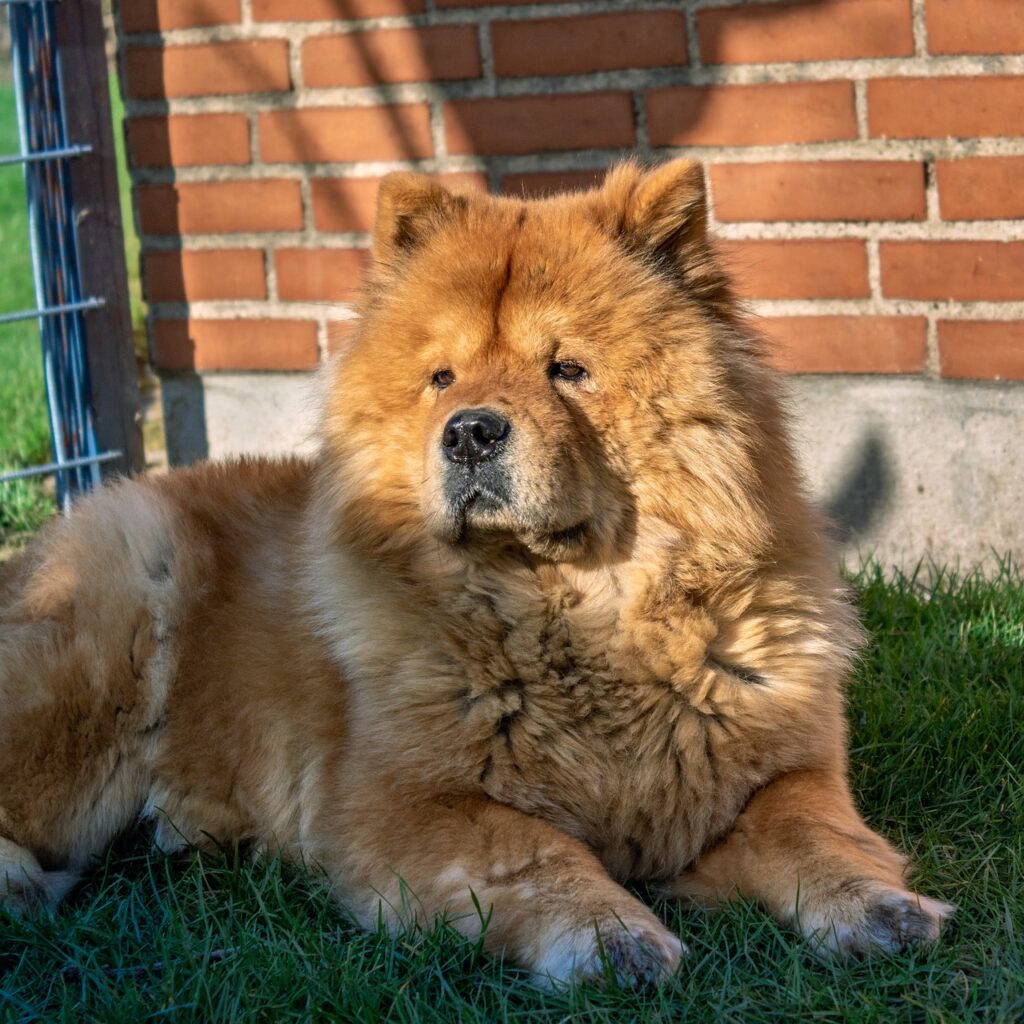
Training Techniques for Aggressive Dogs:
Positive reinforcement, working with professional trainers, and consistency in commands are effective techniques for managing and correcting aggressive behavior in dogs.
Legal Implications of Aggressive Dogs:
Breed-specific legislation and the responsibilities of dog owners are crucial aspects of the legal landscape concerning aggressive dogs. Understanding these implications is essential for responsible ownership.
Ensuring Public Safety:
Leash laws and education about dog behavior in public spaces contribute to public safety. By following these regulations, dog owners can minimize the risk of aggressive incidents.
Myth-Busting: Aggressive Breeds Can Be Loving Pets:
Countless stories exist of aggressive breeds living harmoniously as family pets. Positive environments, proper training, and responsible ownership can transform a supposedly aggressive dog into a loving companion.
Conclusion:
In conclusion, understanding and managing aggressive dog breeds require a combination of responsible ownership, training, and dispelling myths. By approaching these breeds with an open mind and implementing effective strategies, they can become loving and well-behaved family members.
Important:
It’s crucial to emphasize that individual dogs within these breeds can vary widely in temperament. Factors such as training, socialization, and the owner’s approach to responsible dog ownership play significant roles in a dog’s behavior. It’s always recommended to approach any dog, regardless of breed, with caution if you’re unfamiliar with the individual dog’s temperament.
Frequently Asked Questions:
- Can aggressive breeds be good with children if properly trained?
- Absolutely, proper training and socialization are key factors in determining a dog’s behavior around children.
- Are there specific laws targeting aggressive dog breeds?
- Some places have breed-specific legislation, but responsible ownership is universally emphasized.
- How can I tell if my dog is exhibiting aggressive behavior?
- Signs include growling, snapping, and biting. Consult with a professional if you observe such behavior.
- Is it safe to adopt an aggressive breed from a shelter?
- With proper assessment, training, and socialization, many dogs from shelters become wonderful family pets.
- What role does early socialization play in preventing aggression in dogs?
- Early socialization exposes dogs to various experiences, reducing the likelihood of fear-based aggression later in life.